As its name suggests, a small hydraulic motor is really just a scaled down version of the more standard hydraulic motor. While smaller motors cannot provide the same amount of power as larger motors, small hydraulic motors weigh much less and can be used in small scale applications. Read More…
Bosch Rexroth is a global leader in manufacturing industrial hydraulics, including proportional and servo valves. Directional control, high response, flow control, pressure relief, pressure reducing, and servo valves name some of our products. Our rugged valves are a perfect fit your electrohydraulic control applications. A variety of models are available for your viewing on our website.
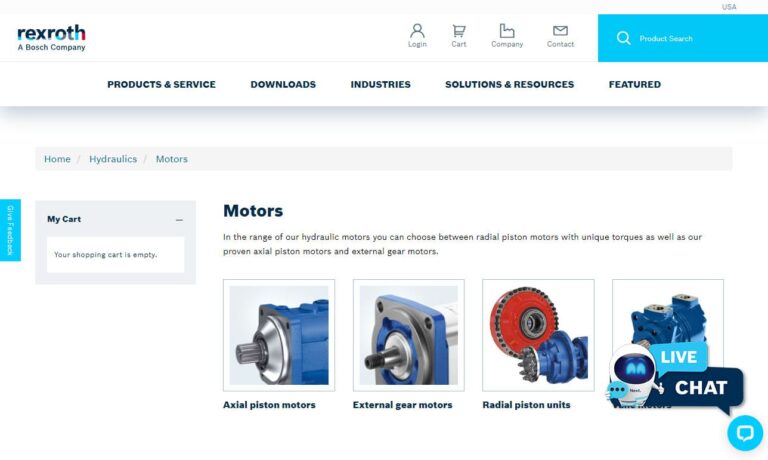
An employee-owned company, Hydraquip is a distributor of fluid power products, including hydraulic motors from Hydro-Gear, Hydrokraft, Rineer Hydraulics, Rotary Power, Sauer Danfoss, Ultra, Vickers and Von Ruden. Since 1951, we have been serving the fluid power industry.
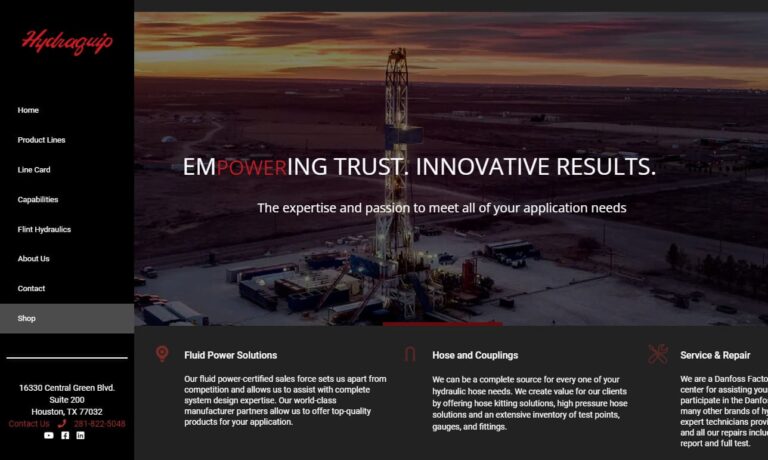
Parker's Hydraulic Pump and Power Systems Division provides a broad selection of piston pumps, hydraulic motors and power units that help our customers meet their industrial and mobile application needs. If you are looking for cutting-edge hydraulic motors that offer superior performance and exceptional value, Parker's Hydraulic Pump and Power Systems Division is your trusted partner.
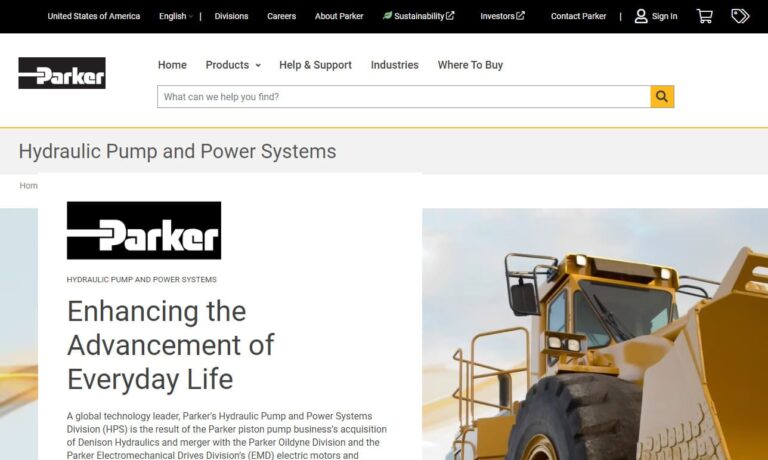
Founded 40 years ago, Innerspace designs, develops and manufactures top-quality, efficient propulsion systems for marine vehicles. Our product capabilities include hydraulic products such as hydraulic motors and customized hydraulic systems. Check out our website for more information.
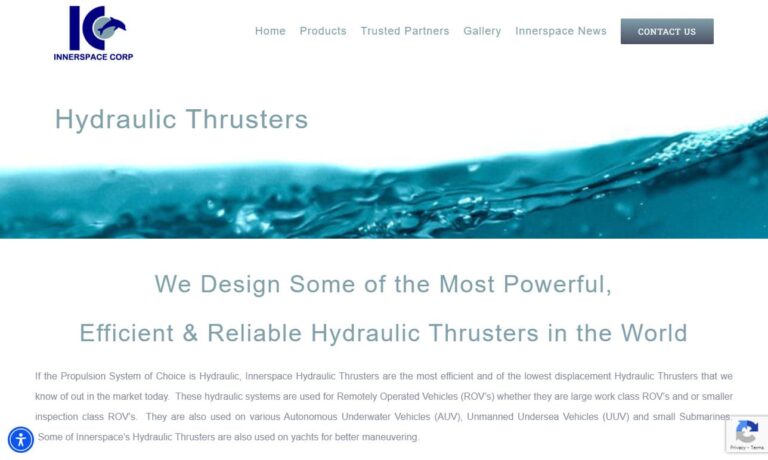
For over 50 years, MacTaggert Scott has been in the hydraulic motor business. Our radial piston hydraulic motors are used in various markets such as marine, offshore and defense. If you are looking for a hydraulic motor that runs quietly and efficiently, MacTaggert Scott is your answer. Call us today!
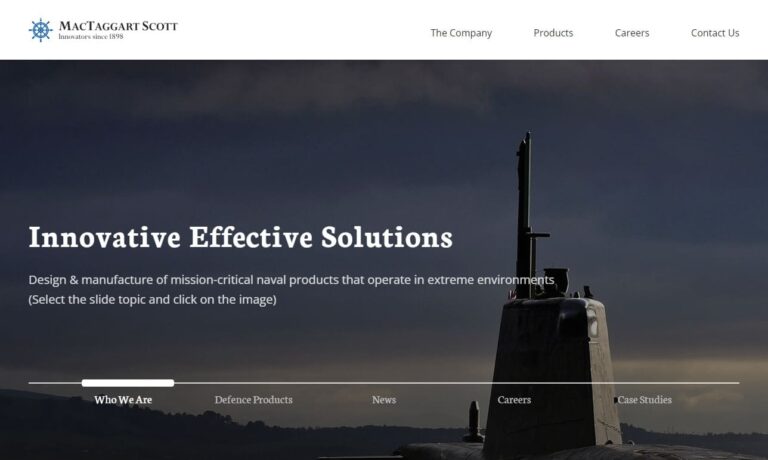
More Small Hydraulic Motor Manufacturers
Like most other hydraulic motors, these motors utilize pressurized fluid to generate torque and rotational motion. The pressurized fluid, usually oil, is stored in a reservoir until the motor is needed. When the motor is operating, the oil is released from the reservoir and flows into the motor itself. Hydraulic motors can come in many configurations, like gear, vane, radial piston, gerotor, and axial plunger motor configurations.
When the pressurized fluid enters the motor, it presses against the internal components of the motor (the gears, pistons, cylinders, etc.), which move or turn to rotate a shaft. Thus, the hydraulic motor converts the hydraulic energy of the fluid into mechanical energy in the form of rotational motion and torque. Once the fluid exits the motor, it is recycled and pressurized in the reservoir.
Although they retain all of the capabilities of larger hydraulic motors, small hydraulic motors are typically used in applications requiring high precision, such as in military operations or robotics. Regardless of the size of a hydraulic motor, there are certain considerations that must always be thought through while building and before using one.
Proper fluids must always be used and checked for compatibility with the metal material of the motor. All of the relief valves should be checked as well as the pump and fluid reservoirs. Such precautions will ensure that a hydraulic motor will function at its optimum level for the longest period of time.

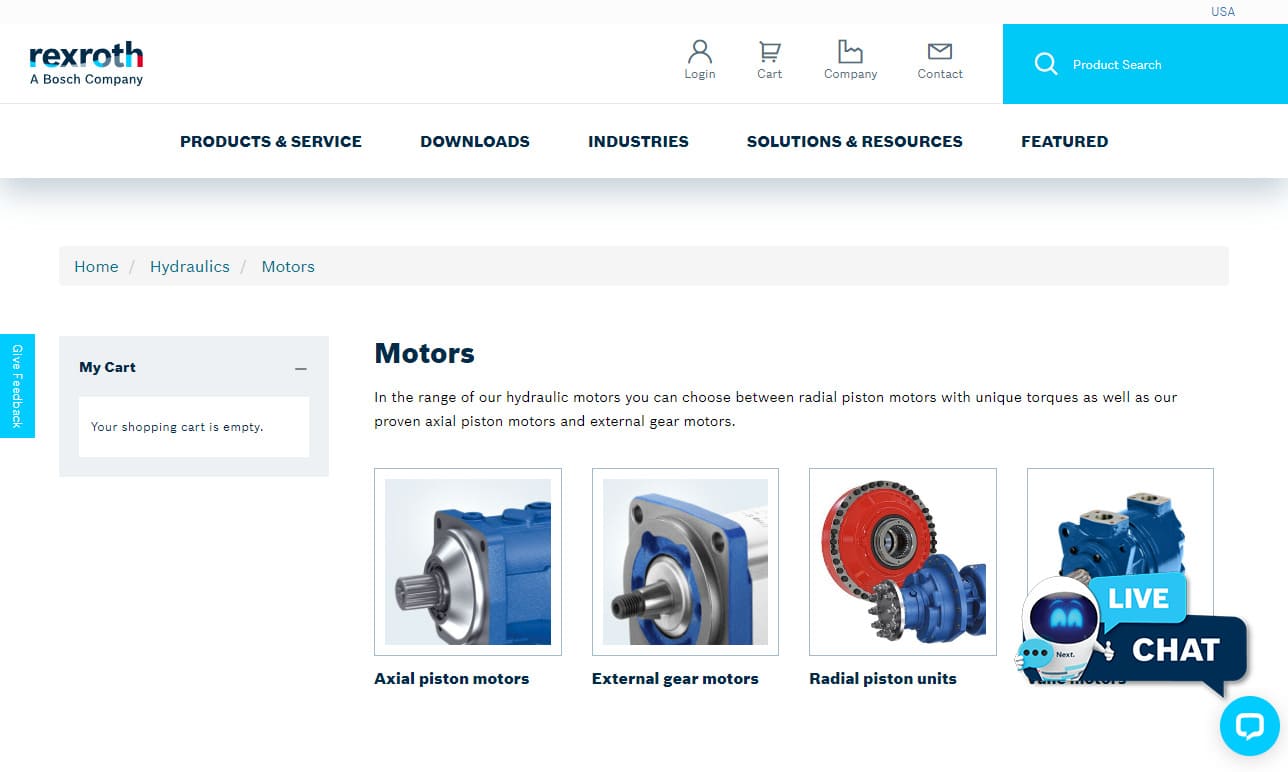
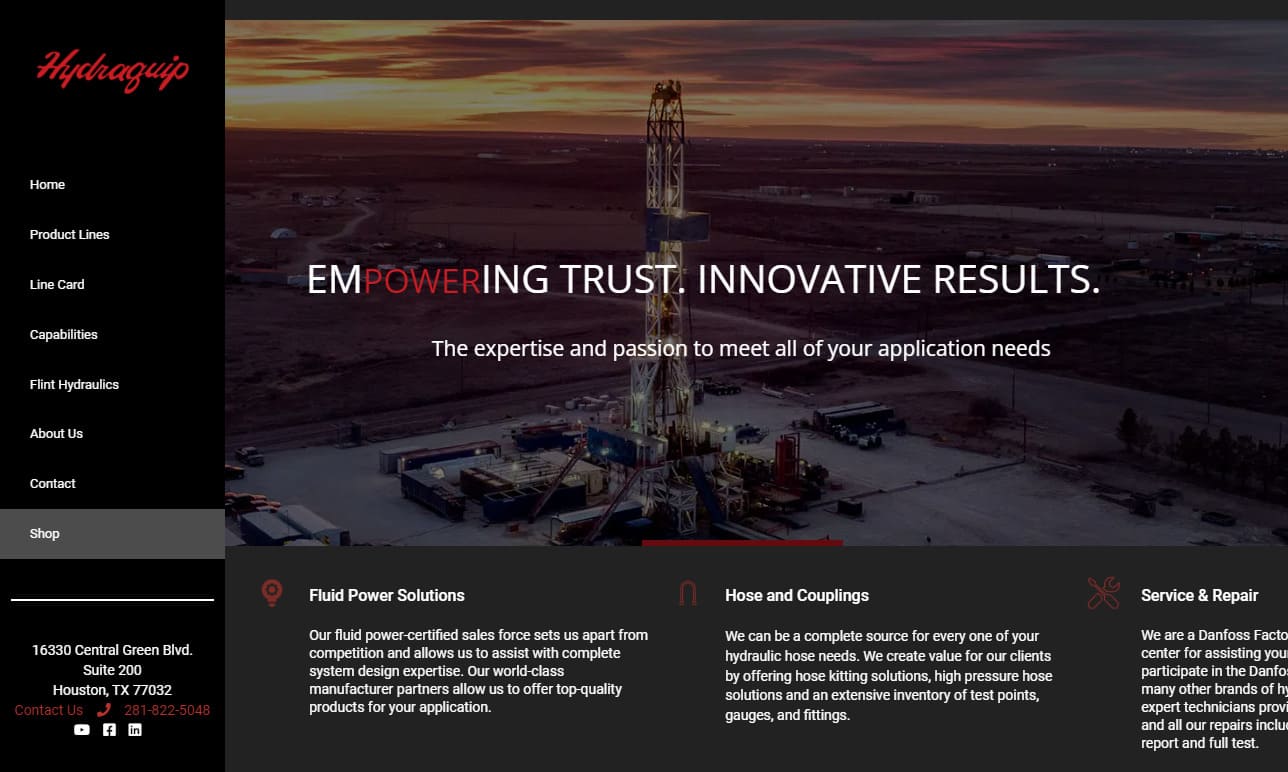
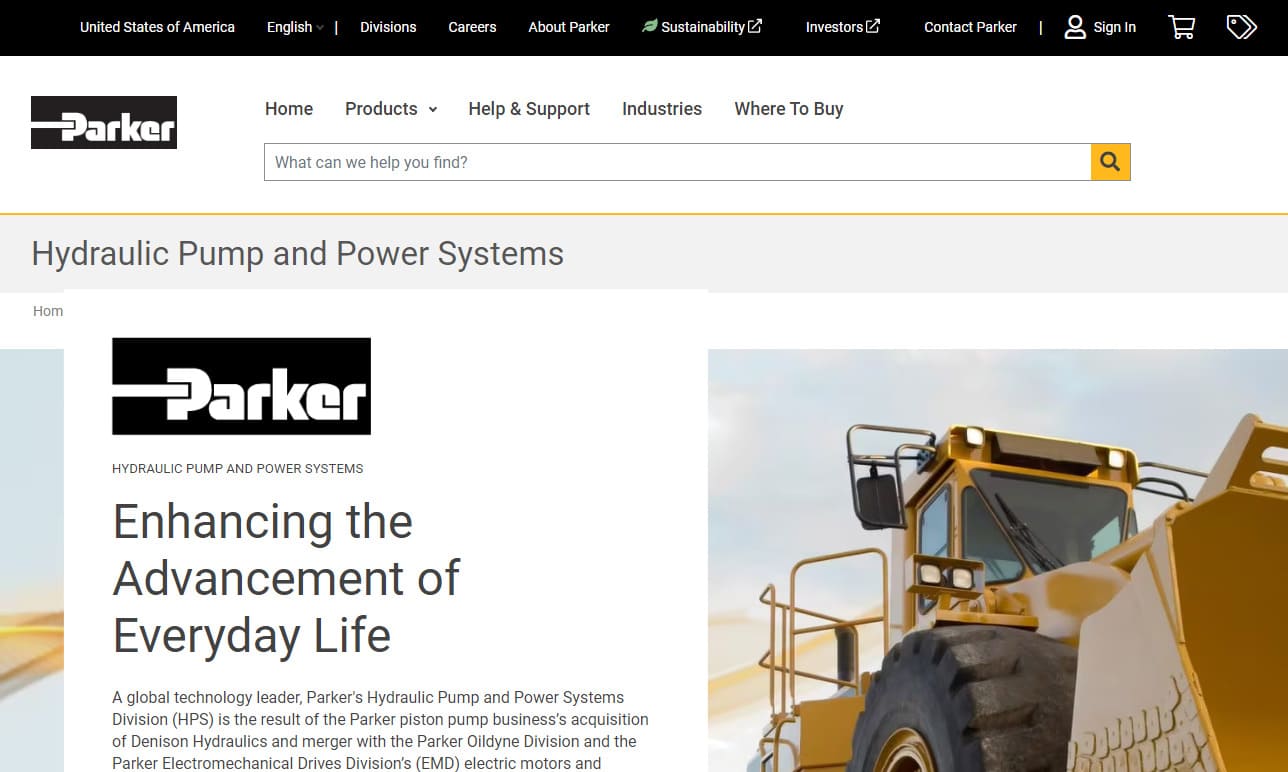
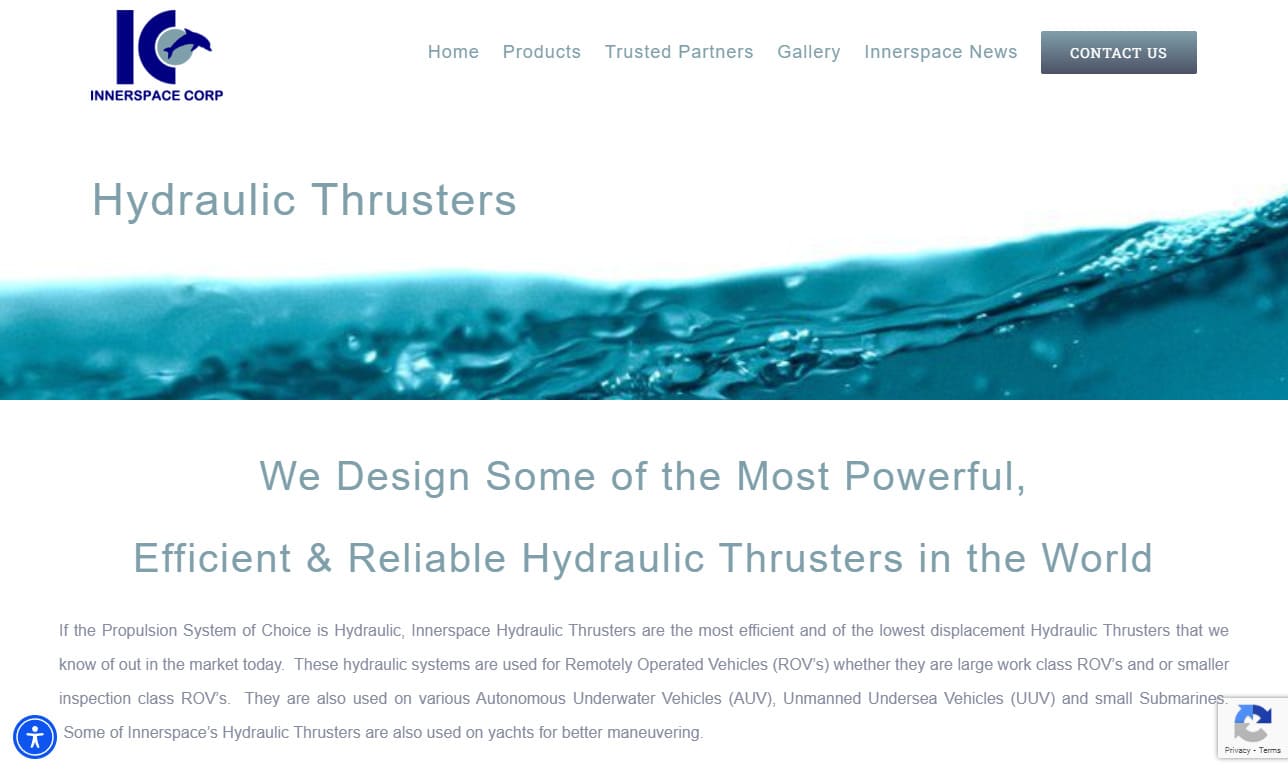

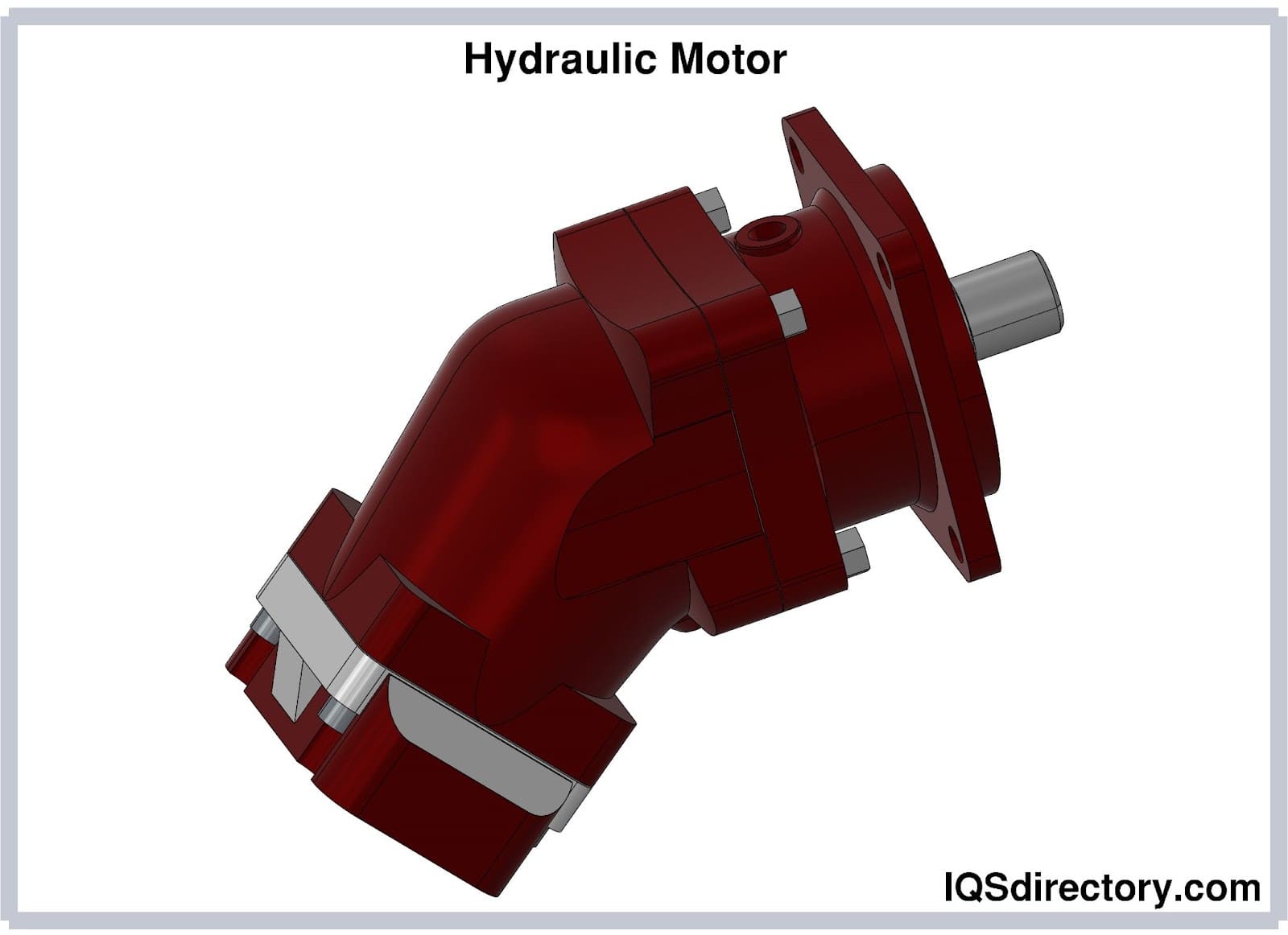
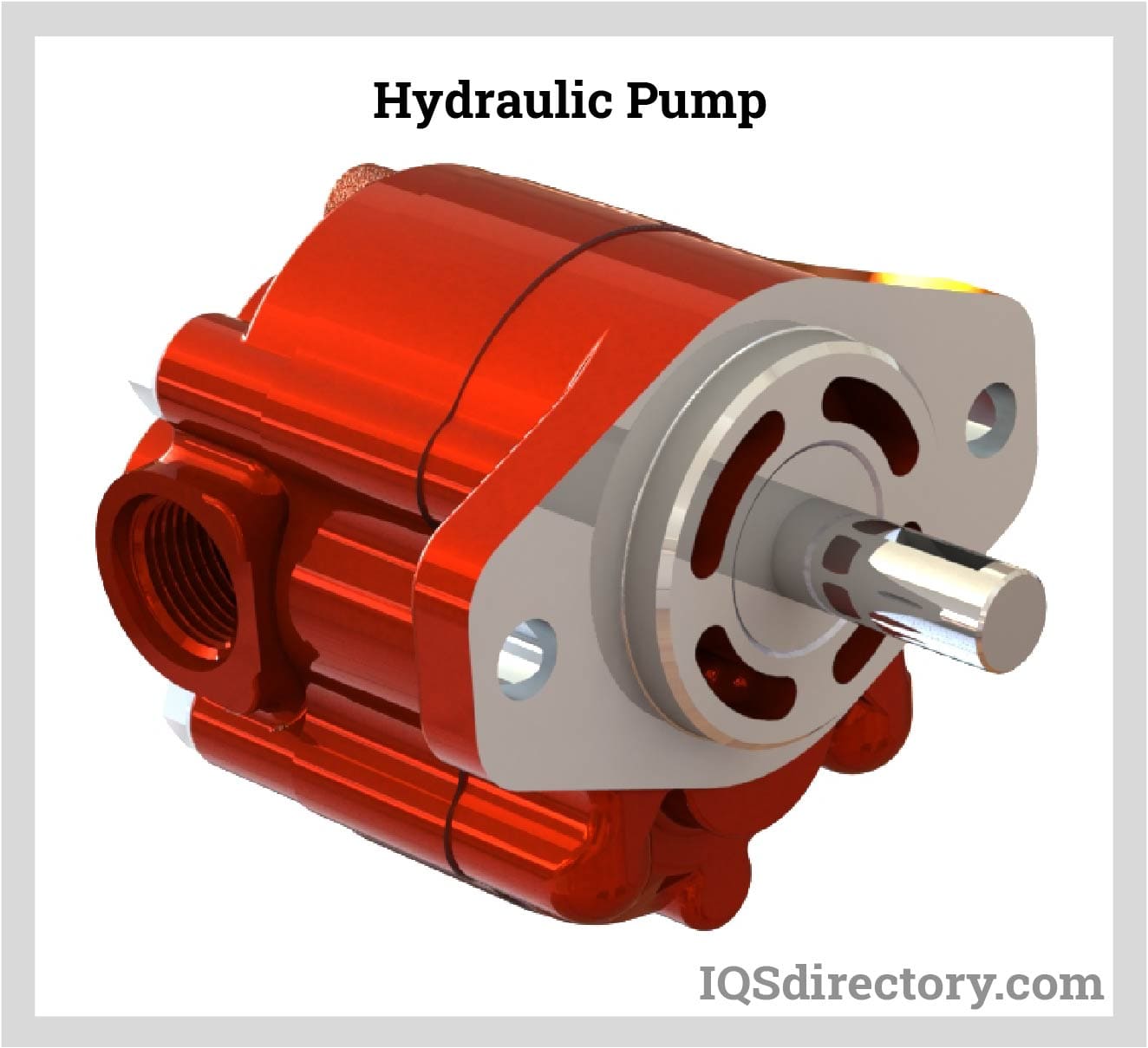
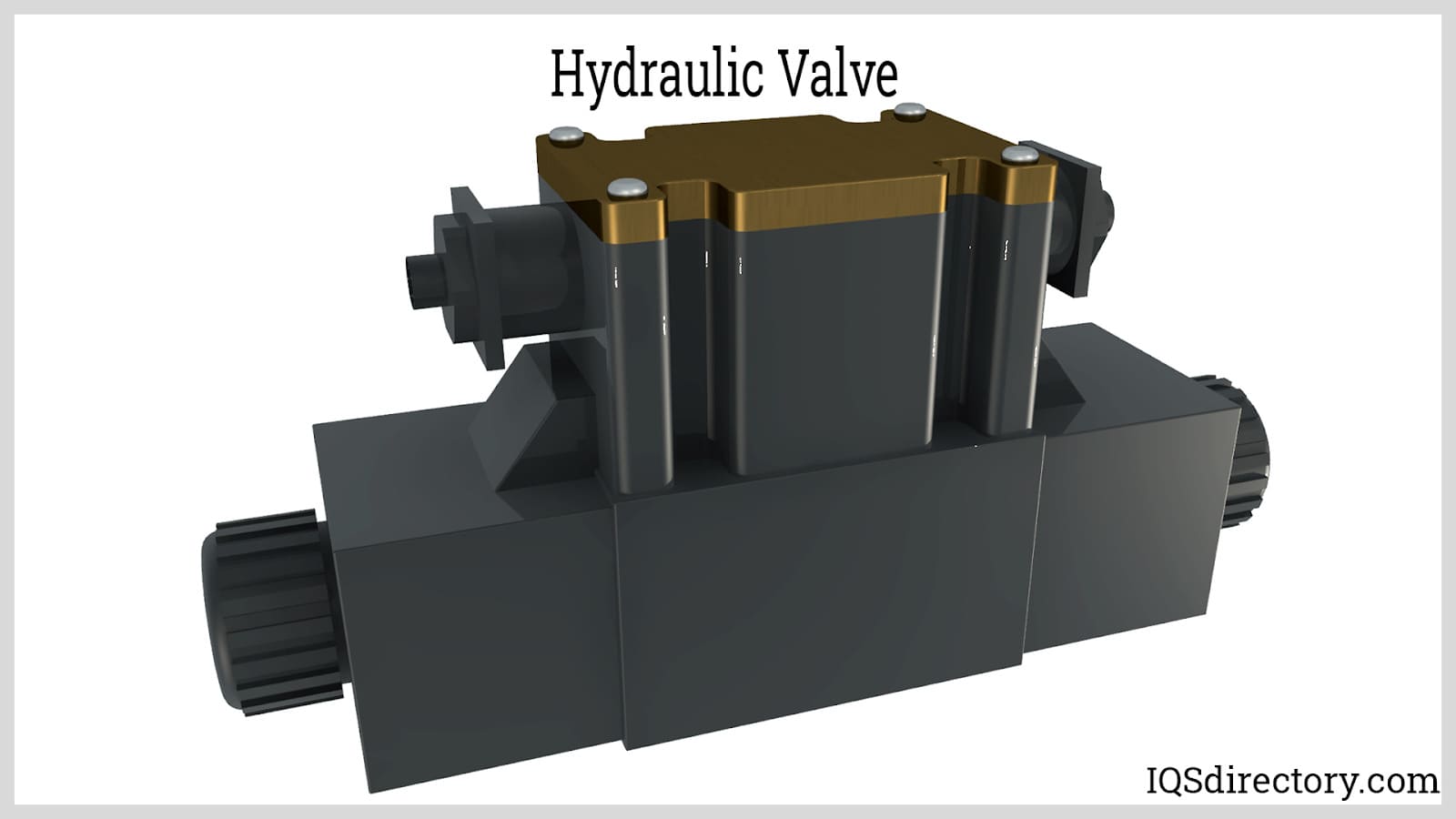
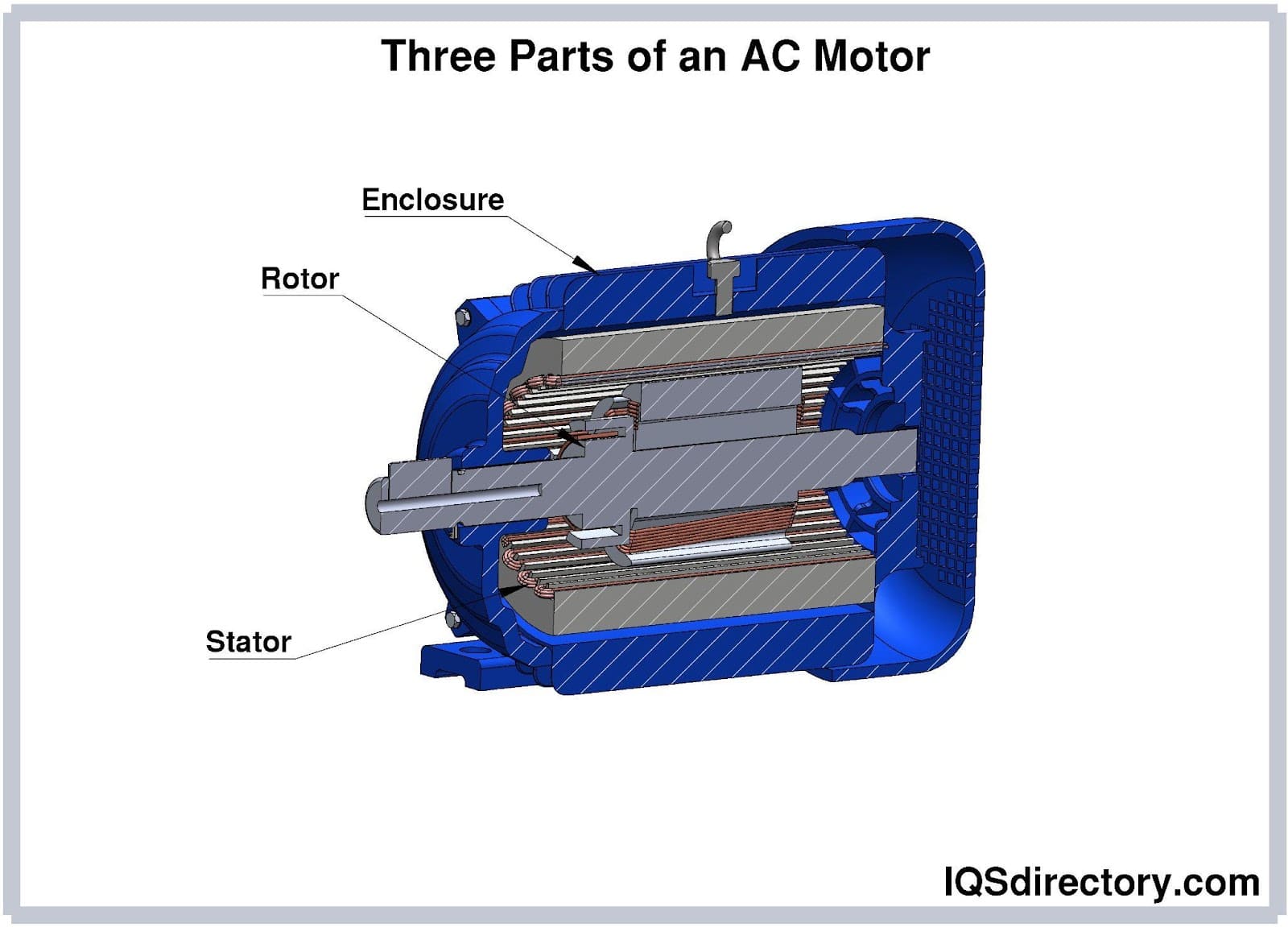
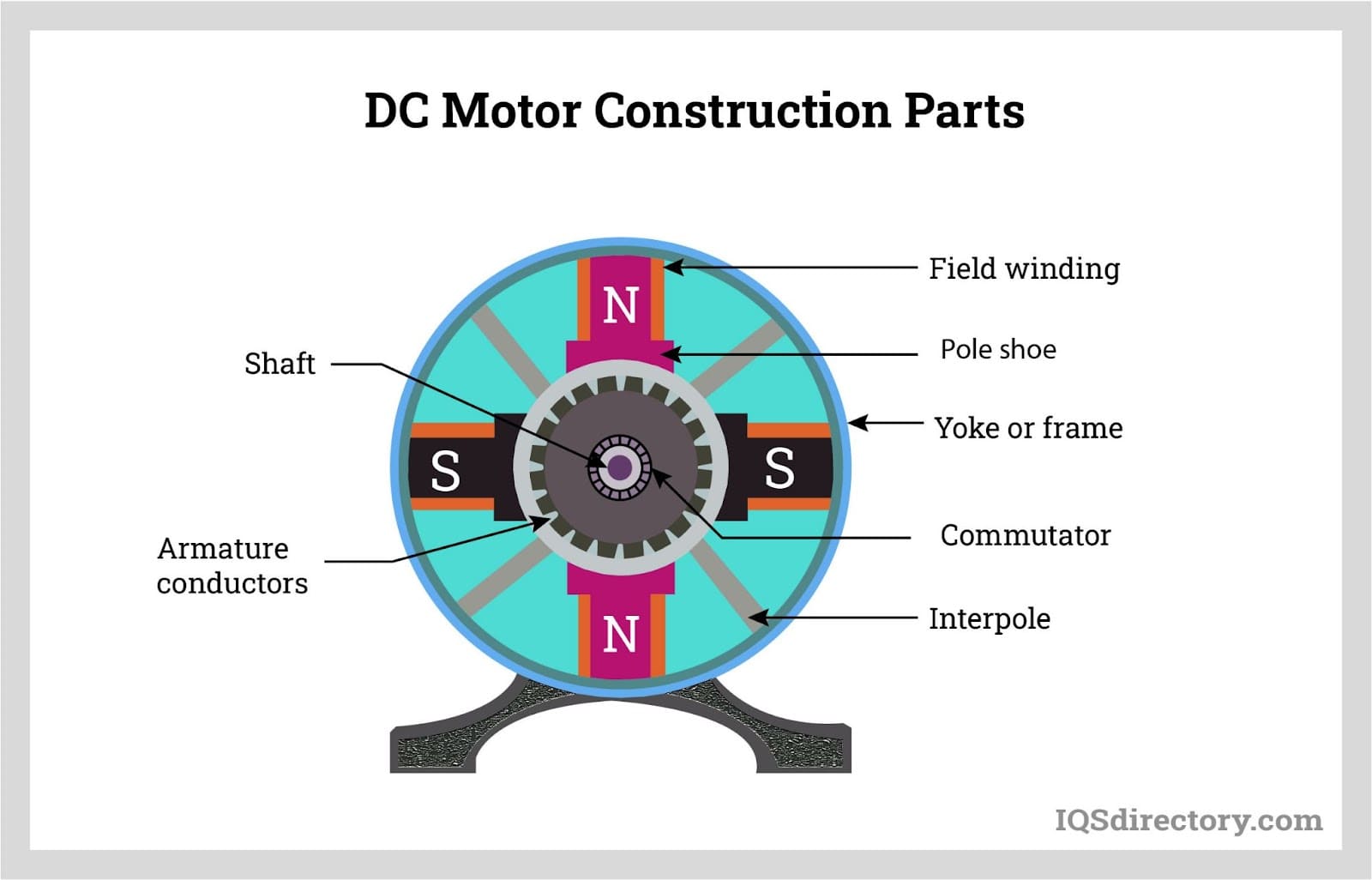

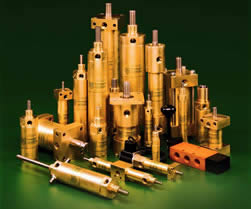 Hydraulic Cylinders
Hydraulic Cylinders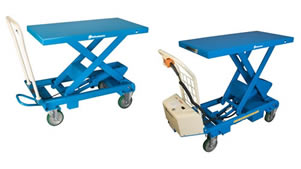 Hydraulic Lifts
Hydraulic Lifts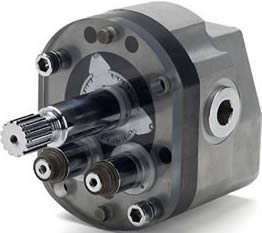 Hydraulic Motors
Hydraulic Motors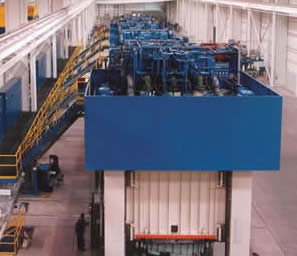 Hydraulic Presses
Hydraulic Presses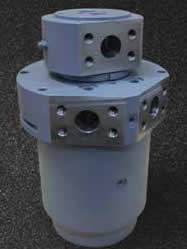 Hydraulic Pumps
Hydraulic Pumps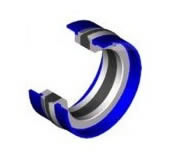 Hydraulic Seals
Hydraulic Seals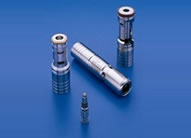 Hydraulic Valves
Hydraulic Valves Castings & Forgings
Castings & Forgings Bulk Material Handling
Bulk Material Handling Electrical & Electronic Components
Electrical & Electronic Components Flow Instrumentation
Flow Instrumentation Hardware
Hardware Material Handling Equipment
Material Handling Equipment Metal Cutting Services
Metal Cutting Services Metal Forming Services
Metal Forming Services Metal Suppliers
Metal Suppliers Motion Control Products
Motion Control Products Plant & Facility Equipment
Plant & Facility Equipment Plant & Facility Supplies
Plant & Facility Supplies Plastic Molding Processes
Plastic Molding Processes Pumps & Valves
Pumps & Valves Recycling Equipment
Recycling Equipment Rubber Products & Services
Rubber Products & Services